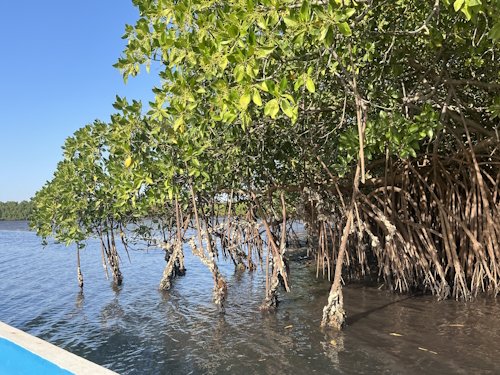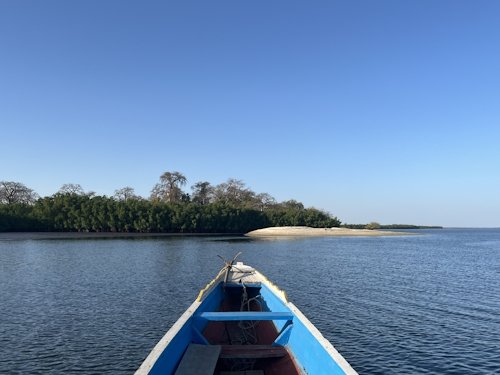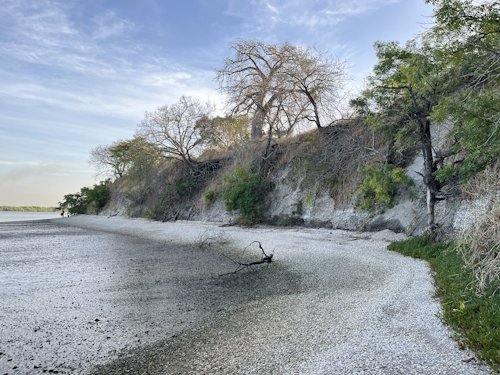First published: Sun 19 Jan 2025.
Els Slots
Whs #951: Saloum Delta
Comments
3 comments
Liam
5 months, 3 weeks ago (Jan 19, 2025)
Did you see any evidence that the Natural criteria, Referred back in 2011, are being progressed by Senegal? Or are they pretty much content to have any Inscription, even if the Core Zone is much wider than it probably should be for Cultural purposes?
Reply
Solivagant
5 months, 3 weeks ago (Jan 19, 2025)
It certainly seems to be a "tough ask" to add Natural criteria to an existing Cultural inscription. Our Connection for sites becoming "mixed" only has 1 (Calakmul) which has gone from Cultural to Mixed .... all the others have gone the other way by adding the Cultural aspect. Inherently that seems likely to be easier as the extra criteria will be prsent within existing boundaries which is less likely for a cultural site which thus requires significant redefinition..
Given the hard line rejection from IUCN it seems strange that the WHC went to all the bother of a vote to try to keep the possibility alive ...but it certainly leaves a Cultural site with illogical boundaries not relelvant to its OUV.
I have had a very quick look to see if there are any other existing Cultural sites which might hope one day to become "Mixed" based on the T List - have olny found Þingvellir



